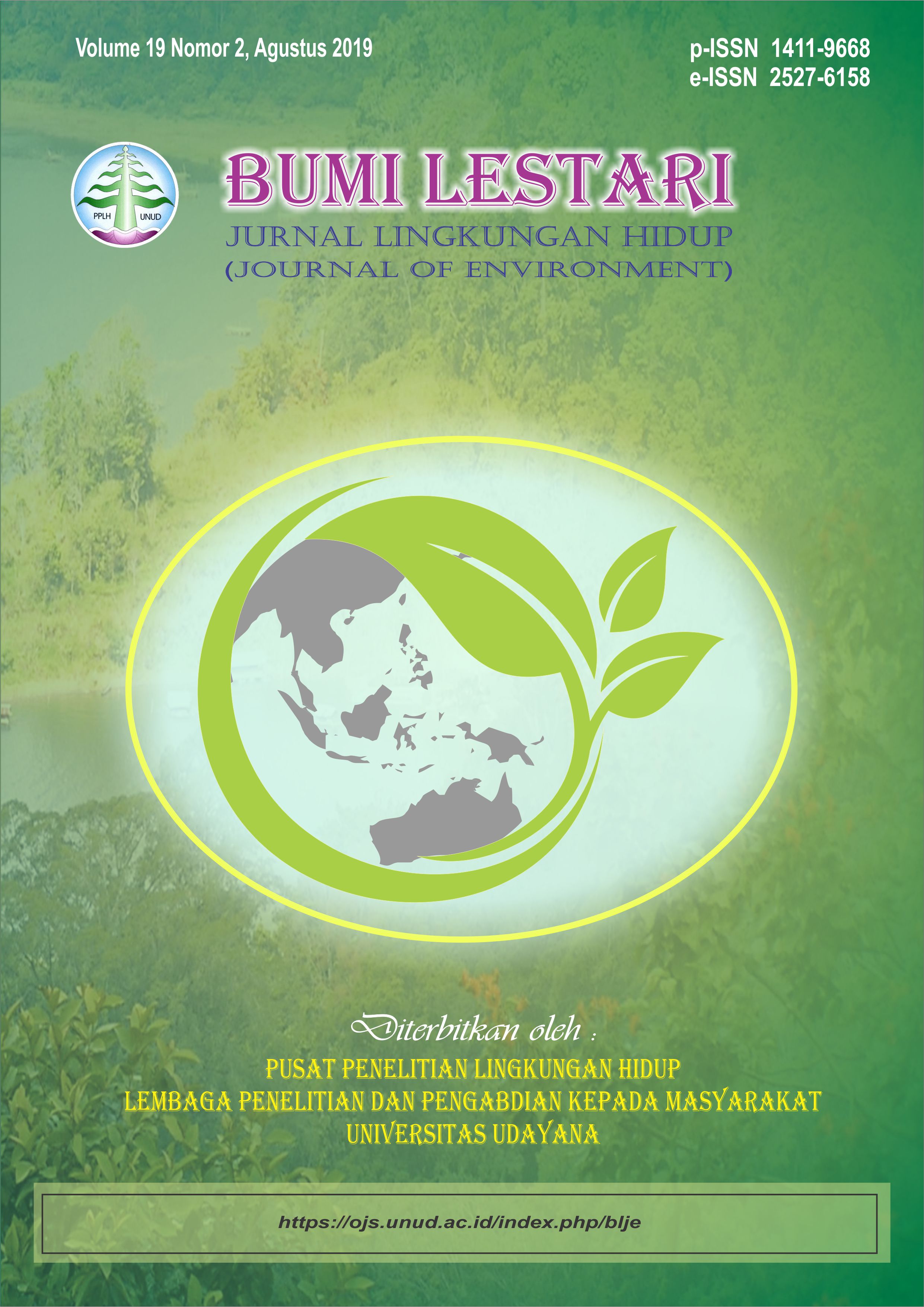Faktor Lingkungan Yang Berhubungan Dengan Keberadaan Jentik Anopheles Berdasarkan Ketinggian Wilayah Di Kabupaten Timor Tengah Selatan Tahun 2015
Abstract
Malaria is an endemic disease in Timor Tengah Selatan. The data of Annual Parasite Incidence (API) 2014 showed that there were 8.2/1000 population who were infected by this disease. It is still above the national rate of 5/1000 of the population. Cases of malaria spread in almost all areas of health centers with different topographic characteristics that allow the Anopheles larvae breeding sites with different characteristics. The study was conducted to determine the factors of physical environment and biological environment that influence the existence of Anopheles larvae in breeding sites based on topographic characteristics of Timor Tengah Selatan. This study applied across-sectional study approach. The research activities were started by sampling health centers and villages locations. The locations were determined representation of the three characteristics of the topography region, namely lowland (coastal region), plains (the hills) and highland (mountain region). Of 18 variables observed, there are two variables that significantly have relationship with the existence of the Anopheles larvae in breeding sites, namely (1) water depth brood with an average depth 0,5682 m, p value of 0.000 and (2) water clarity brood with p value 0.045 at 95% CI 1.172 to 30.725. Some variables show that: the average of air temperature is 31.82 °C, the average of water temperature is 25.73 °C, the average of PH water is 8.1, the average of air humidity is 72.55. A total of 63.6% breeding sites is directly exposed to sun, 81.8% of breeding sites is stagnant water, the average of area of breeding sites is 4.0682 m2, a total of 63.3% of breeding sites there is water all the year, a total of 50% of breeding sites is clear water, a total of 100% location found public activities there and at all locations, there are no mangrove sand algae. Based on topography region, the most breeding sites of Anopheles larvae found in the coastal region (lowland). It is recommended to list and eliminate all potential breeding sites of Anopheles larvae. District Health Office should control the activity plan and intervention schedule of health centers to eliminate Anopheles larvae breeding sites. During dry season, the society should control to dry the puddles too.
Downloads
Authors who publish with this journal agree to the following terms:
- All articles published by Bumi Lestari Journal of Environment and Environmental Reseach Center Udayana University are made available under an open access license worldwide immediately. This means everyone has free and unlimited access to the full-text of all articles published in Bumi Lestari Journal of Environment, and everyone is free to re-use the published material given proper accreditation/citation of the original publication. Open access publication is supported by authors' institutes or research funding agency by payment of a comparatively article processing charge for accepted articles (See Author Fees). Bumi Lestari Journal of Environment and Environmental Reseach Center Udayana University publish articles under the Creative Commons Attribution License.
- Authors are able to enter into separate, additional contractual arrangements for the non-exclusive distribution of the journal's published version of the work (e.g., post it to an institutional repository or publish it in a book), with an acknowledgement of its initial publication in this journal.
- Authors are permitted and encouraged to post their work online (e.g., in institutional repositories or on their website) prior to and during the submission process, as it can lead to productive exchanges, as well as earlier and greater citation of published work (See The Effect of Open Access).





